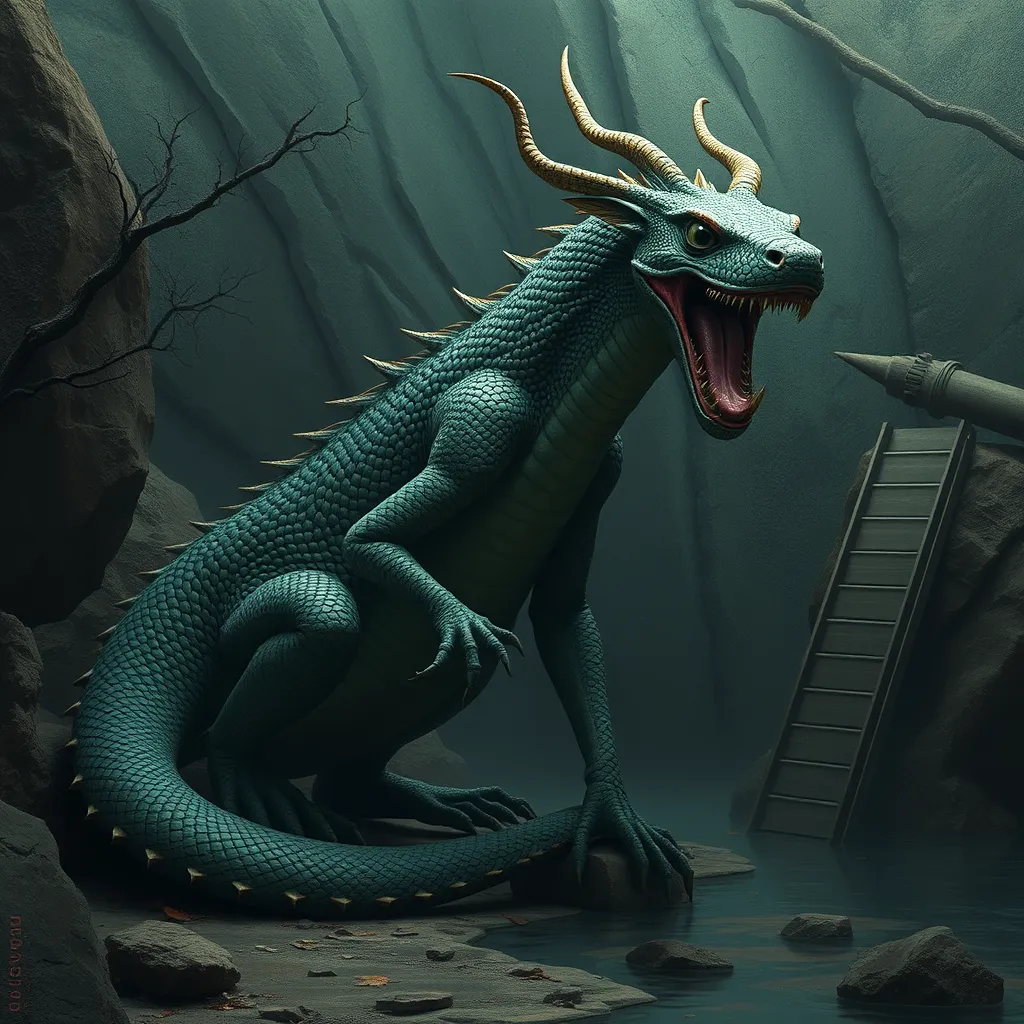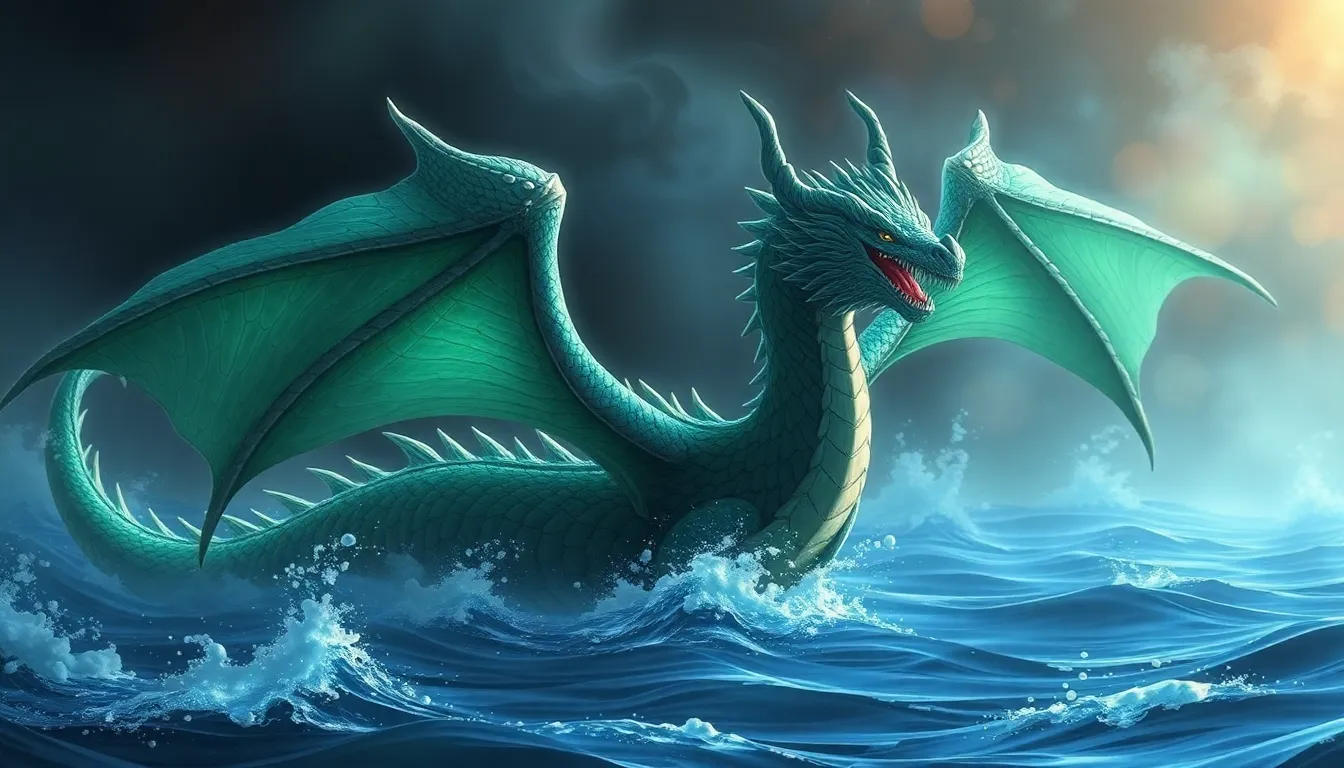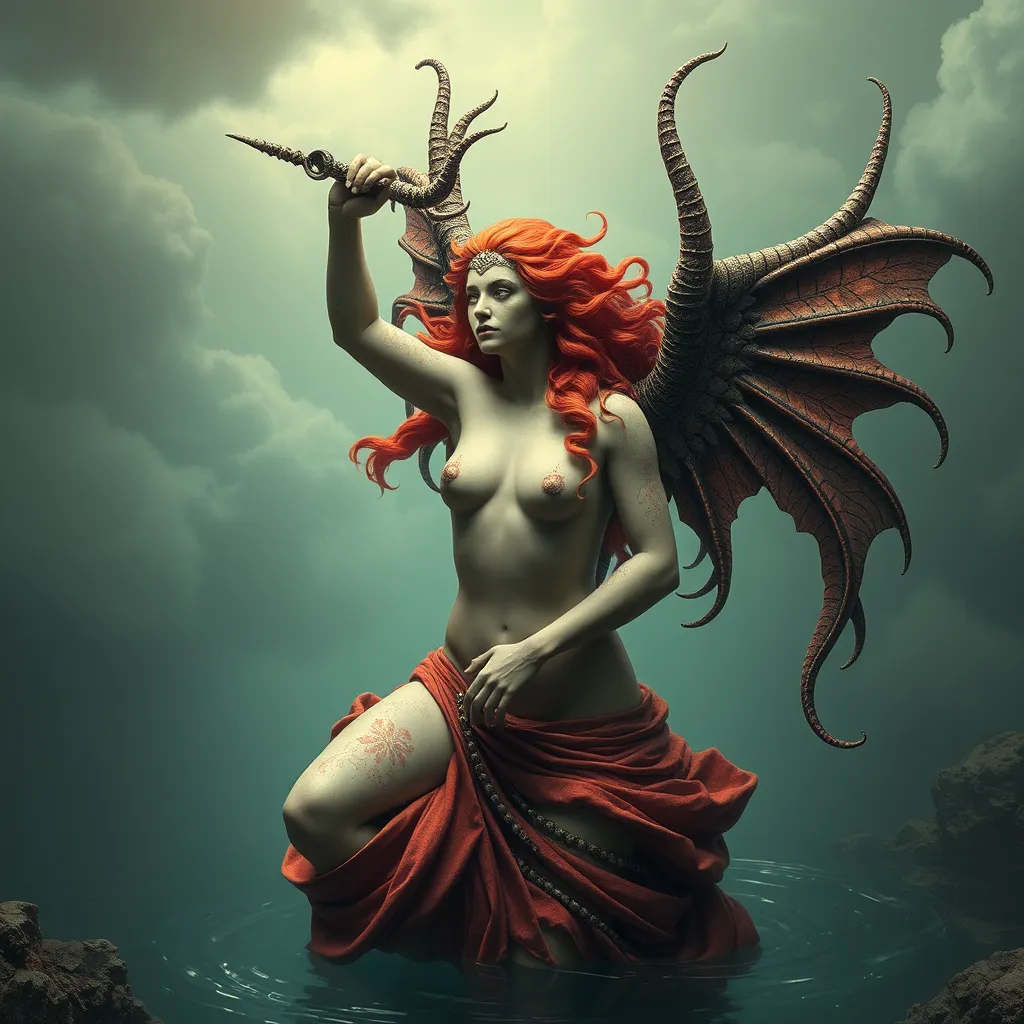The Basilisk in Modern Art: Exploring the Monster’s Representation in Contemporary Art Forms
I. Introduction
The Basilisk, a legendary creature often described as a serpent or lizard with deadly powers, has captivated the human imagination for centuries. In mythology, this creature is known for its ability to kill with a mere glance, making it a potent symbol of fear and danger. Its origins can be traced back to various folklore traditions, particularly in European contexts, where it has evolved into a significant figure in art history.
This article aims to explore contemporary representations of the Basilisk, examining how this mythological monster continues to influence modern art forms. By analyzing its symbolism, historical context, and appearances in various mediums, we aim to uncover the Basilisk’s role in contemporary artistic expression.
II. Historical Context of the Basilisk
The roots of the Basilisk can be found in ancient texts, where it was depicted as a creature of terror. According to myth, it was said to hatch from a rooster’s egg incubated by a toad. This peculiar origin story contributes to its fearsome reputation.
Over the centuries, the Basilisk has appeared in various forms of classical and medieval art. Artists often represented it in illuminated manuscripts, tapestries, and paintings, typically emphasizing its monstrous features and lethal abilities. Notable works include those from the Renaissance period, where the creature symbolized the dangers of sin and moral decay.
As we transition into modern interpretations, the Basilisk has adapted to contemporary themes, reflecting societal fears and cultural narratives. Its evolution in art mirrors broader changes in artistic expression and cultural understanding.
III. Symbolism of the Basilisk
The Basilisk serves as a multifaceted symbol in art and literature. Its representation can be categorized into several themes:
- Fear and Danger: The creature embodies the primal fear of the unknown and the lethal consequences of confronting it.
- Transformation and Rebirth: In some narratives, the Basilisk’s death leads to the growth of new life, symbolizing cyclical transformation.
- Societal Issues: The Basilisk has been used as a metaphor for societal ills, reflecting the monstrous aspects of human nature and modern anxieties.
IV. The Basilisk in Contemporary Visual Art
Numerous artists have incorporated the Basilisk into their work, utilizing it as a powerful symbol. Some notable contemporary artists include:
- Damien Hirst: Known for his provocative works, Hirst has explored themes of mortality and fear that resonate with the Basilisk’s symbolism.
- Yayoi Kusama: Her immersive installations often evoke feelings of being overwhelmed, similar to the Basilisk’s terrifying presence.
- Takashi Murakami: His vibrant and playful style contrasts the Basilisk’s deadly nature, creating a dialogue between fear and beauty.
Specific contemporary artworks featuring the Basilisk often employ various techniques and mediums. For instance, digital art, sculpture, and mixed media installations offer fresh perspectives on this ancient creature. Artists utilize color, texture, and form to reinterpret the Basilisk’s fearsome qualities, allowing viewers to engage with the myth in innovative ways.
V. The Basilisk in Literature and Performance Art
The Basilisk’s influence extends beyond visual art into literature and performance. In modern literature, writers have referenced the creature to evoke themes of danger and moral ambiguity. Authors like J.K. Rowling in the “Harry Potter” series have reimagined the Basilisk, merging it with themes of heroism and sacrifice.
In theater, the Basilisk has found its way into modern productions, often representing inner demons or societal fears. The creature’s dramatic potential allows playwrights to explore complex narratives about the human condition.
Furthermore, the intersection of visual and performance art creates a rich tapestry of storytelling, where the Basilisk serves as a bridge between different artistic expressions.
VI. The Basilisk in Digital and Interactive Art
As digital media has surged in popularity, the Basilisk’s presence in this realm has grown. Artists are now creating immersive experiences that allow audiences to engage with the creature in unique ways. Virtual reality experiences featuring the Basilisk invite participants to confront their fears in a safe environment, transforming the traditional experience of art.
Interactive installations also encourage audience participation, making the Basilisk a symbol of both fear and empowerment. By engaging with the creature, viewers can reflect on their own anxieties and confront societal issues in a meaningful way.
VII. Cultural Relevance and Interpretation
The Basilisk’s representation in contemporary art varies across different cultures, reflecting diverse interpretations of this mythological creature. In some cultures, it symbolizes wisdom and protection, while in others, it remains a figure of terror.
Global contemporary art scenes have embraced the Basilisk, with artists from various backgrounds incorporating their cultural narratives into the creature’s representation. This cross-cultural dialogue enriches the understanding of the Basilisk, allowing it to transcend its origins and resonate with a broader audience.
VIII. Conclusion
The Basilisk’s significance in modern art is a testament to the enduring power of mythological creatures in contemporary discourse. As we have explored, the Basilisk embodies a multitude of themes, from fear and transformation to societal critique. Its evolution in artistic representation reflects the changing landscapes of culture and creativity.
As artists continue to reinterpret the Basilisk, it remains a relevant symbol that provokes thought and dialogue. The ongoing exploration of mythological creatures like the Basilisk in contemporary art highlights their importance in understanding human experiences and cultural narratives.



